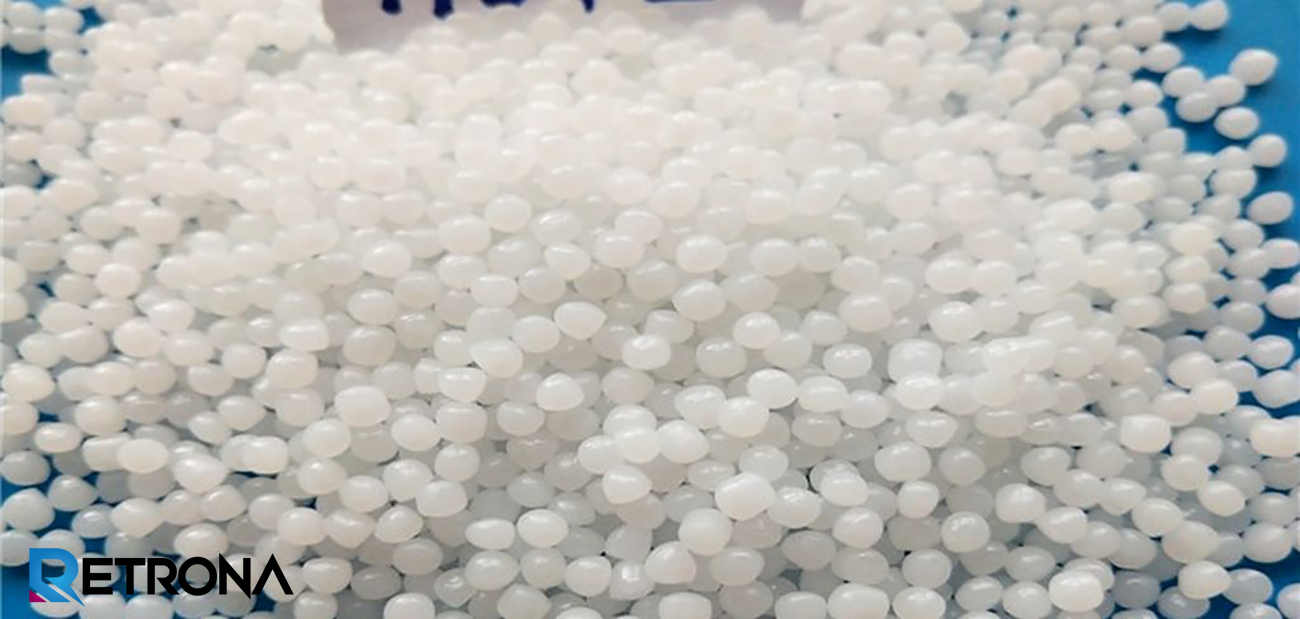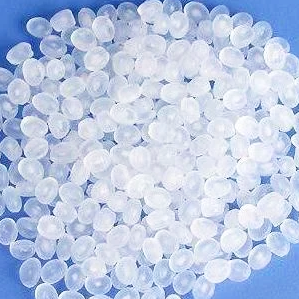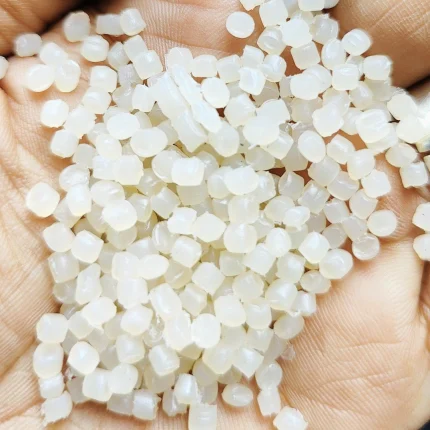EX5 vs EX3 Polyethylene: Comparative Analysis of Mechanical & Chemical Properties

Introduction: Understanding EX5 and EX3 Polyethylene Grades
Polyethylene (PE) is one of the most widely used thermoplastics in industrial and municipal applications. Among the various high-density polyethylene (HDPE) grades, EX5 and EX3 stand out for their durability, chemical resistance, and performance in demanding environments such as piping systems, geomembranes, and chemical containment.
But what sets EX5 vs EX3 polyethylene apart? This in-depth comparative analysis explores their mechanical properties, chemical resistance, processing behavior, and real-world applications to help engineers, manufacturers, and project planners make informed material decisions.
What Are EX3 and EX5 Polyethylene Grades?
EX3 Polyethylene
Type: Medium to High-Density Polyethylene (MDPE/HDPE)
Key Features: Good environmental stress crack resistance (ESCR), moderate tensile strength, cost-effective
Common Uses: Water and gas distribution pipes, underground conduits

EX5 Polyethylene
Type: High-Performance HDPE
Key Features: Superior ESCR, high tensile strength, enhanced chemical and UV resistance
Common Uses: Industrial piping, landfill liners, high-pressure fluid transport
Both grades utilize bimodal molecular weight distribution, balancing processability with long-term mechanical performance.

Mechanical Properties Comparison: EX5 vs EX3
When comparing EX5 and EX3 polyethylene, mechanical performance is a key differentiator. The table below highlights critical mechanical properties:
Property | EX3 Polyethylene | ex5 Polyethylene | Advantage |
|---|---|---|---|
Density (g/cm³) | 0.948 – 0.955 | 0.950 – 0.958 | EX5 – Slightly denser, better stiffness |
Tensile Strength (MPa) | 20 – 23 | 25 – 28 | EX5 – 20–25% stronger |
Yield Strength (MPa) | 18 – 20 | 22 – 24 | EX5 – Better load resistance |
Elongation at Break (%) | ≥ 350 | ≥ 400 | EX5 – Higher ductility |
Flexural Modulus (MPa) | 800 – 900 | 950 – 1,100 | EX5 – Improved rigidity |
Impact Strength (Izod, J/m) | 50 – 70 | 70 – 100 | EX5 – Superior toughness |
ESCR (Hours) | 500 – 800 | 1,000 – 1,500 | EX5 – Doubles crack resistance |
Creep Resistance | Good | Excellent | EX5 – Less deformation over time |
Key Insight: EX5 outperforms EX3 in nearly every mechanical category, especially in tensile strength, ESCR, and impact resistance—critical for high-stress or long-life applications.
Chemical Resistance: EX5 vs EX3 Polyethylene
Chemical exposure is a major concern in industrial and environmental applications. Here's how EX3 and EX5 compare:
Chemical property | ex3 polyethylene | ex5 polyethylene |
|---|---|---|
Acids & Bases | Excellent resistance | Excellent resistance |
Hydrocarbons | Moderate resistance | Improved resistance |
Oxidizing Agents | Limited | High resistance (enhanced stabilizers) |
Permeability (Gases/Liquids) | Low | Very Low(tighter crystalline structure) |
UV Resistance | Good (with carbon black) | Excellent(advanced UV stabilizers) |
Thermal Stability | Up to 80°C continuous | Up to 90°C continuous |
Oxidative Degradation | Moderate resistance | High resistance |
EX5 Polyethylene Advantage: Superior resistance to oxidizing chemicals, solvents, and UV degradation makes it ideal for harsh environments like chemical processing plants and outdoor installations.
Processing & Melt Behavior
Processing conditions can influence production efficiency and final product quality.
Parameter | ex3 polyethylene | ex5 polyethylene |
|---|---|---|
Melt Flow Rate (MFR) | 0.2 – 0.4 g/10 min | 0.1 – 0.3 g/10 min |
Processing Temp Range | 180–220°C | 180–220°C |
Melt Strength | Moderate | High |
Extrusion Suitability | Standard pipes, fittings | Thick-walled, high-pressure pipes |
Note: EX5’s lower MFR indicates higher molecular weight, requiring more energy during extrusion but offering better melt strength for large-diameter or high-pressure pipe manufacturing.
Applications: Where to Use EX3 vs EX5
Choosing the right grade depends on the application’s demands.
Best Uses for EX3 Polyethylene
- Municipal water and gas pipelines
- Drainage and irrigation systems
- Standard underground conduits
- Cost-sensitive infrastructure projects
Best Uses for EX5 Polyethylene
- Industrial chemical transfer lines
- Landfill and pond geomembranes
- High-pressure oil & gas pipelines
- Long-life-cycle infrastructure (50+ years)
- Applications with high mechanical or chemical stress
Which Grade Should You Choose?
Choose EX3 if you need a cost-effective, reliable solution for standard water, gas, or drainage systems with moderate stress and chemical exposure.
Choose EX5 if your project demands maximum durability, chemical resistance, and long-term performance—especially in industrial, high-pressure, or environmentally aggressive settings.

